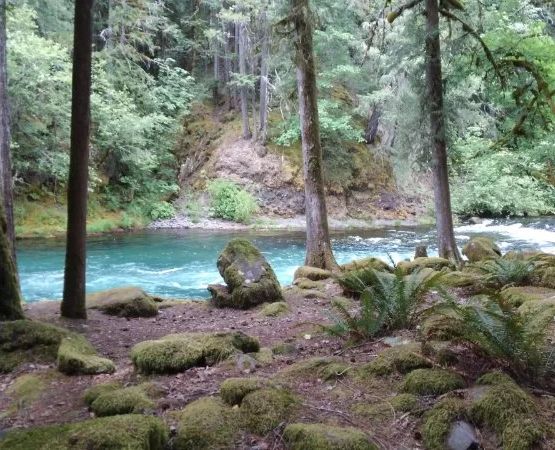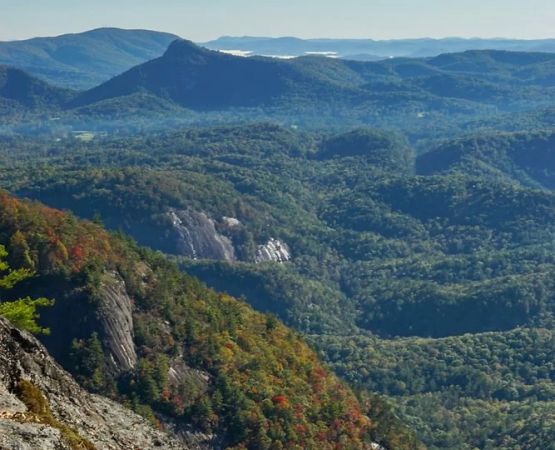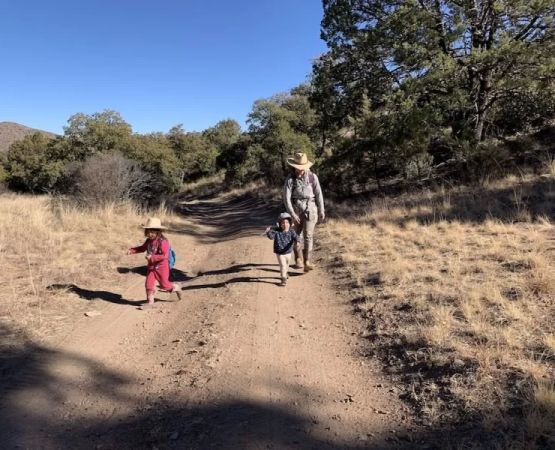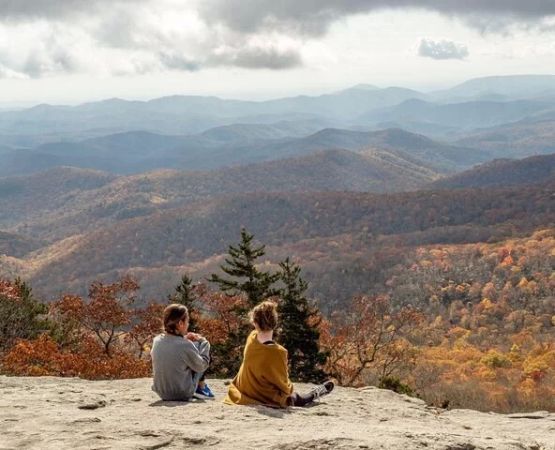- Understanding Outdoor Leadership
- Confidence and Resilience Through Outdoor Leadership
- Teamwork and Communication in Nature
- Real Stories of Growth From Outdoor Leadership
- Planning Your Own Journey of Outdoor Leadership
Understanding Outdoor Leadership
Outdoor leadership is more than simply guiding a group through trails or organizing camping trips. It is a holistic approach that challenges individuals to make decisions in unpredictable environments, adapt to new situations, and lead with empathy and strength. When immersed in nature, people often find themselves outside of their comfort zones, which naturally promotes self-awareness and growth. Unlike classroom learning, the outdoors creates a unique platform for leadership to flourish organically, making it an effective tool for personal development.
Confidence and Resilience Through Outdoor Leadership
One of the most profound benefits of outdoor leadership for personal growth lies in building confidence and resilience. Nature presents real challenges—sudden weather changes, navigating rugged terrain, or managing limited resources. These challenges force individuals to stay calm under pressure and find creative solutions. Overcoming such obstacles enhances resilience and cultivates inner confidence that extends into everyday life. People often return from outdoor leadership programs with a stronger belief in their ability to handle difficulties, whether in professional environments or personal relationships.
1. Learning from challenges
A person who successfully leads a group across a remote mountain trail learns not only physical endurance but also mental strength. These lessons stick with them long after the experience, influencing how they approach workplace stress or family responsibilities.
2. Growth through discomfort
Outdoor leadership thrives in discomfort. By stepping into challenging conditions, individuals discover they can do far more than they once believed. This process of growth, fostered by nature, is powerful and deeply transformative.
Teamwork and Communication in Nature
Another essential element of outdoor leadership is the development of teamwork and communication. Unlike office settings where technology can buffer interactions, outdoor adventures demand clear and direct communication. Leaders must ensure that everyone understands directions, safety measures, and roles within the group. This experience naturally sharpens active listening, empathy, and collaboration. When teams face challenges together—such as setting up camp before a storm—they learn to trust and rely on each other, building stronger interpersonal bonds.
1. Leadership in action
A group canoeing down a river, for example, must coordinate paddling, maintain rhythm, and share responsibilities. The leader’s ability to guide while listening to group concerns directly influences success. These real-world applications create long-lasting teamwork skills.
2. Transferable skills
Teamwork and communication built in the outdoors translate seamlessly into careers and personal life. Many professionals credit outdoor leadership experiences with giving them the ability to navigate complex workplace dynamics more effectively.
Real Stories of Growth From Outdoor Leadership
Stories from real people bring the benefits of outdoor leadership to life. For example, a young college student once joined an outdoor leadership retreat, initially shy and hesitant to speak up. After leading her group through a hiking expedition, she returned more confident and began taking leadership roles in her community. Similarly, corporate teams that participated in outdoor adventure programs reported stronger bonds and improved collaboration back at work. These stories showcase how outdoor leadership provides more than adventure—it provides transformation.
Planning Your Own Journey of Outdoor Leadership
To gain the benefits of outdoor leadership for personal growth, planning is essential. Choosing the right environment—whether it’s mountains, rivers, or forests—sets the stage for different lessons. Some people thrive in physically demanding settings, while others benefit more from environments that emphasize problem-solving and teamwork. Preparing with the right equipment, safety knowledge, and a supportive group ensures the journey is both enriching and secure.
1. Professional guidance
For those new to outdoor leadership, guided programs can make a huge difference. Experienced leaders provide not only safety but also structured learning opportunities. They can create challenges tailored to help participants grow in leadership and self-confidence.
2. Trusted destinations
Destinations such as Pine Cliff Resort offer opportunities for structured outdoor leadership programs. Here, individuals can immerse themselves in nature while receiving professional guidance, making it an excellent choice for those seeking both adventure and growth. With well-planned programs, participants leave with skills and memories that shape their future leadership potential.







